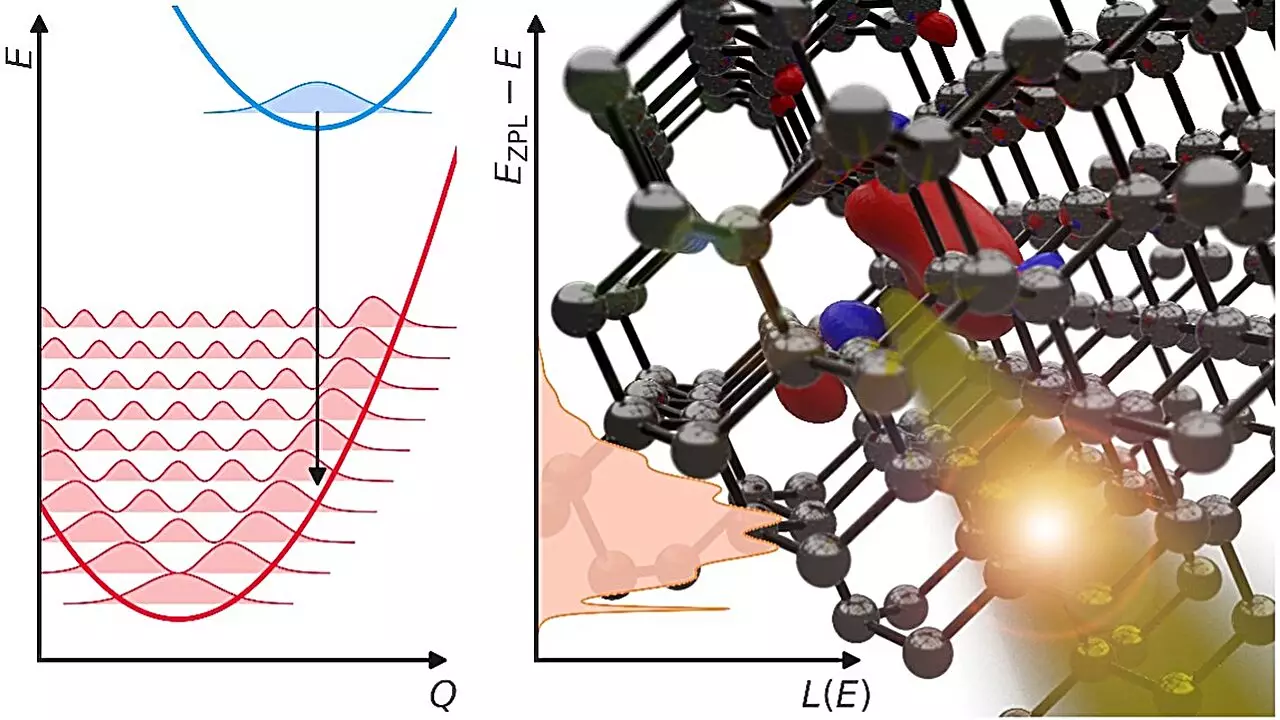In the ever-evolving landscape of technology, quantum computing stands out as a beacon of transformative potential. However, the realization of quantum computers’ full capabilities hinges on the existence of a robust quantum internet. While traditional computers have clear advantages from being interconnected online, the quantum realm requires a specialized infrastructure to communicate the unique properties of quantum information. At the heart of this endeavor lies the understanding and manipulation of photons—elementary particles of light that are crucial for transmitting quantum data across vast distances.
The Photon Advantage: Nature’s Ideal Messenger
Photons embody the essence of quantum information transmission. Their weak interaction with the environment makes them exceptional carriers of information; they can travel long distances while maintaining their quantum state. This remarkable stability is crucial for the delicate process of entanglement, essential for quantum communications. Researchers have explored various mechanisms to generate these elusive photons, including utilizing quantum defects in crystalline materials. Such efforts have opened new avenues for quantum emitters that promise to enhance the efficiency of future quantum networks.
Yet, there lies a significant challenge—effective photon generation at specific wavelengths suited for modern fiber-optic technology, particularly within the “telecom wavelength band.” While fiber-optic cables have achieved remarkable low-loss transmission capabilities, the struggle with generating quantum light emitters that operate efficiently at these wavelengths remains a formidable hurdle.
Understanding Quantum Defects: A Leap Forward
Recent research conducted at the UC Santa Barbara College of Engineering sheds light on this intricate issue. The team, led by Professor Chris Van de Walle, delves into the intricacies of how atomic vibrations affect photon emission. Their comprehensive theoretical models reveal that the vibrations of atoms can either drain energy from the system or interfere with the desired emission of photons, leading to substantial drops in efficiency. This insight is vital as it directly correlates with the declining efficiency observed when attempting to transition from the visible light spectrum to infrared wavelengths.
As our reliance on quantum communication increases, these findings illuminate the path forward. Understanding the nature of quantum defects and their interactions lays a critical foundation for advancing photon output and, consequently, the viability of a functioning quantum internet.
Engineering the Future: Strategies for Enhanced Photon Emission
The ambition to enhance photon-emission efficiency introduces an array of engineering strategies. Mark Turiansky, a postdoctoral researcher involved in the project, emphasizes the importance of meticulously selecting host materials and conducting atomic-level modifications to mitigate vibrations—practices that could lead to stronger, more reliable quantum emitters. Furthermore, the potential for coupling to photonic cavities offers a promising avenue for enhancing photon generation, aided by collaborations with experts in computer engineering.
These engineering feats will not only optimize the functionality of quantum emitters but extend the reach and accessibility of quantum networks. As researchers continue to unveil the underlying principles of effective quantum communication, the dream of a fully operational quantum internet inches closer to reality.
The Road Ahead: Quantum Technology in a Digital World
The convergence of quantum mechanics and information theory heralds a new epoch in technological innovation. As the intricacies of quantum emitters are unraveled, the implications stretch far beyond theoretical physics; they ripple through all facets of digital communication. A functioning quantum internet will fundamentally alter data security, computational speed, and the nature of information sharing.
This journey, rife with complexity and obstacles, also brims with potential. With each breakthrough, from harnessing the wizardry of photons to mastering the art of atomic manipulation, we not only edge closer to realizing a quantum internet but also redefine the possibilities of interconnectedness in the digital age. The intersection of quantum physics with communication technology represents a powerful frontier that could yield extraordinary advancements in how we conceive and interact with information.
By nurturing this fertile ground of research and innovation, we position ourselves not just as passive recipients in the unfolding narrative of technology but as architects shaping the future of quantum communication and computing. The challenge is immense, the stakes are high, but the rewards promise to be extraordinary.

